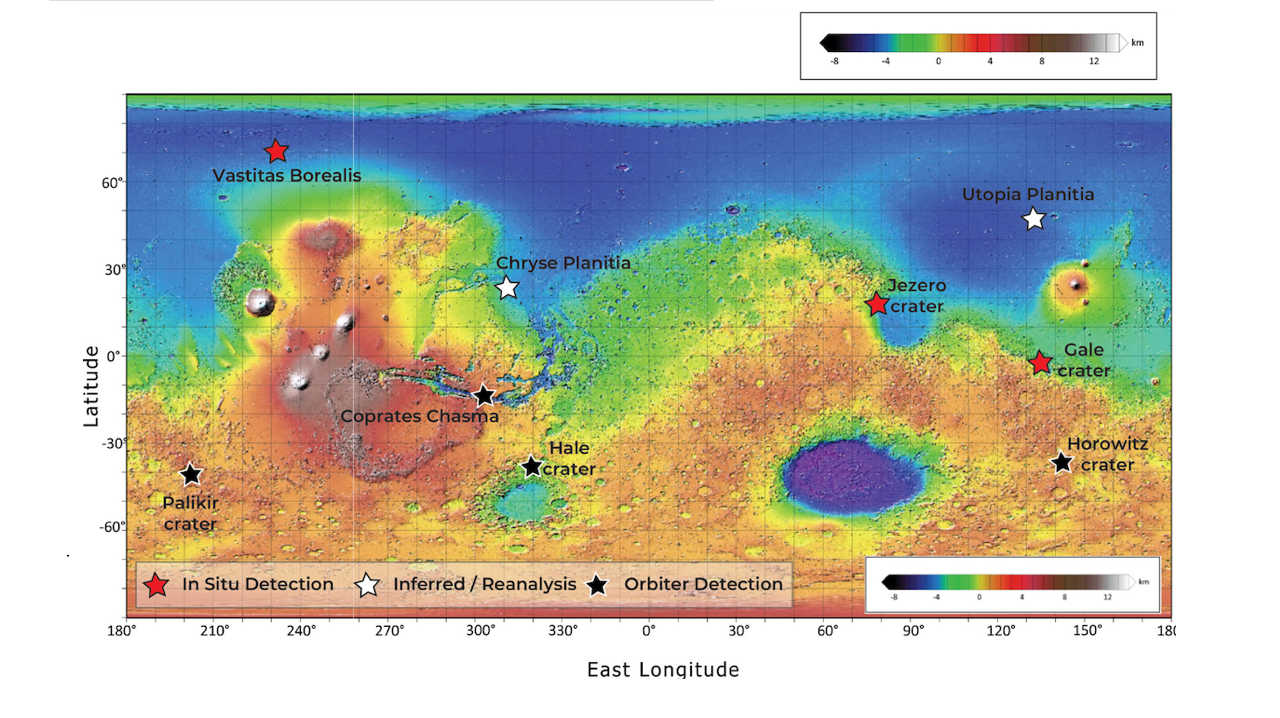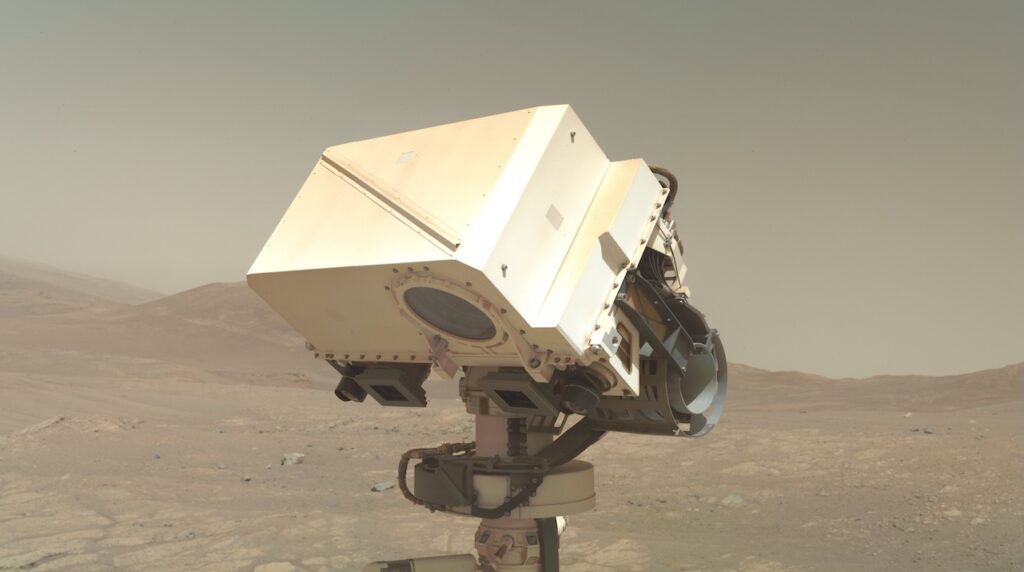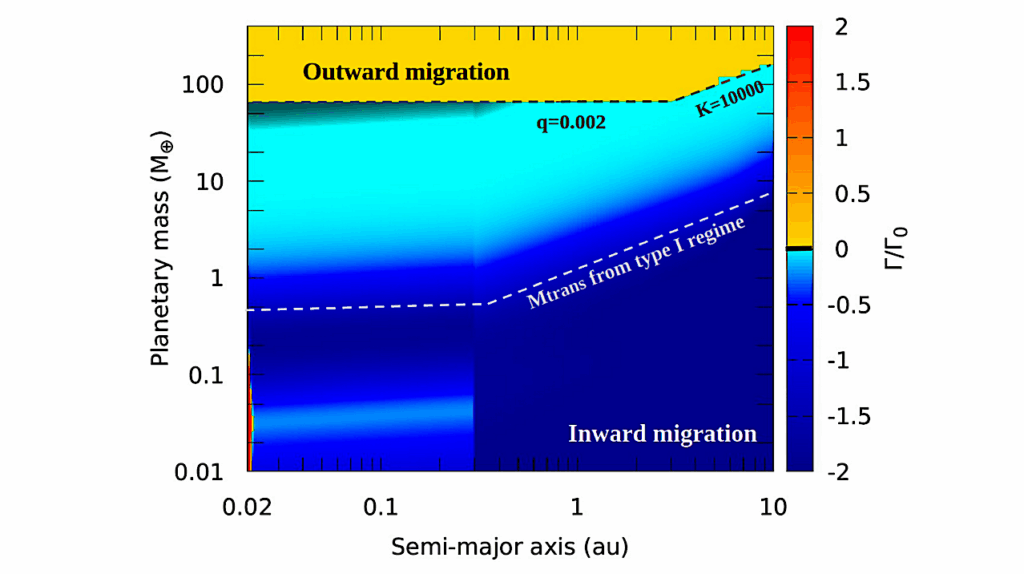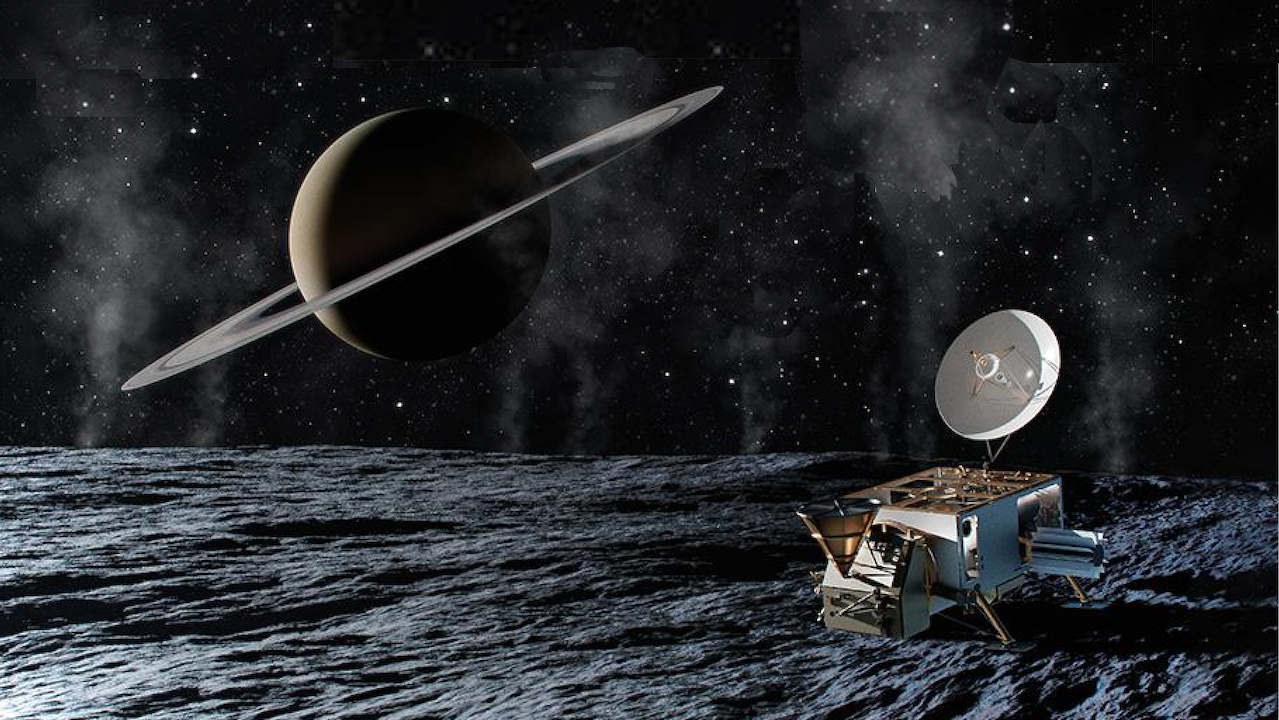Now Reading: Oxychlorine Species On Mars: A Review
-
01
Oxychlorine Species On Mars: A Review
Oxychlorine Species On Mars: A Review


The locations of oxychlorine detections on the surface of Mars. Details of the locations, specific species, and detection methodology in Table 1.
Oxychlorine species (mainly perchlorate and chlorate) have been identified at multiple locations on the surface of Mars by both orbiter and in situ rovers. They have also been found in martian meteorites.
Cl‐isotopes in meteoritic minerals suggest that an oxychlorine cycle has been operating on the martian surface for the last ∼4 billion years. The present surface conditions are more favorable for their formation than the past and a multitude of formation pathways are likely responsible for their accumulation on Mars.
Isotopic analysis of Cl and O can help constrain oxychlorine formation processes. Once formed, oxychlorine species accumulate on the surface as salts or brines, and drive critical geochemical processes. Oxychlorine salts can absorb water from the thin martian atmosphere to form transient brines and percolate into the subsurface. Chlorate anion is an effective oxidizing agent and likely contributes to oxidizing organic matter, iron and manganese minerals on Mars.
Given their detection at multiple locations coupled with their ability to stabilize liquid water, oxidize redox‐sensitive elements, and promote anaerobic respiration for certain terrestrial microorganisms, oxychlorine compounds have important implications for martian geochemistry and astrobiology, both in the past and in the present. Their propensity to form highly oxidizing brines in closed system environments makes them a critical compound under consideration during the Mars Sample Return mission.
This article reviews oxychlorine detection, formation, destruction, and implications on Mars, and identifies potential areas of future research.
Astrobiology, Astrochemistry,
Stay Informed With the Latest & Most Important News
-
 012024 in Review: Highlights from NASA in Silicon Valley
012024 in Review: Highlights from NASA in Silicon Valley -
 02Panasonic Leica Summilux DG 15mm f/1.7 ASPH review
02Panasonic Leica Summilux DG 15mm f/1.7 ASPH review -
 03From Polymerization-Enabled Folding and Assembly to Chemical Evolution: Key Processes for Emergence of Functional Polymers in the Origin of Life
03From Polymerization-Enabled Folding and Assembly to Chemical Evolution: Key Processes for Emergence of Functional Polymers in the Origin of Life -
 04How New NASA, India Earth Satellite NISAR Will See Earth
04How New NASA, India Earth Satellite NISAR Will See Earth -
 05And Thus Begins A New Year For Life On Earth
05And Thus Begins A New Year For Life On Earth -
 06Astronomy Activation Ambassadors: A New Era
06Astronomy Activation Ambassadors: A New Era -
07SpaceX launch surge helps set new global launch record in 2024





















